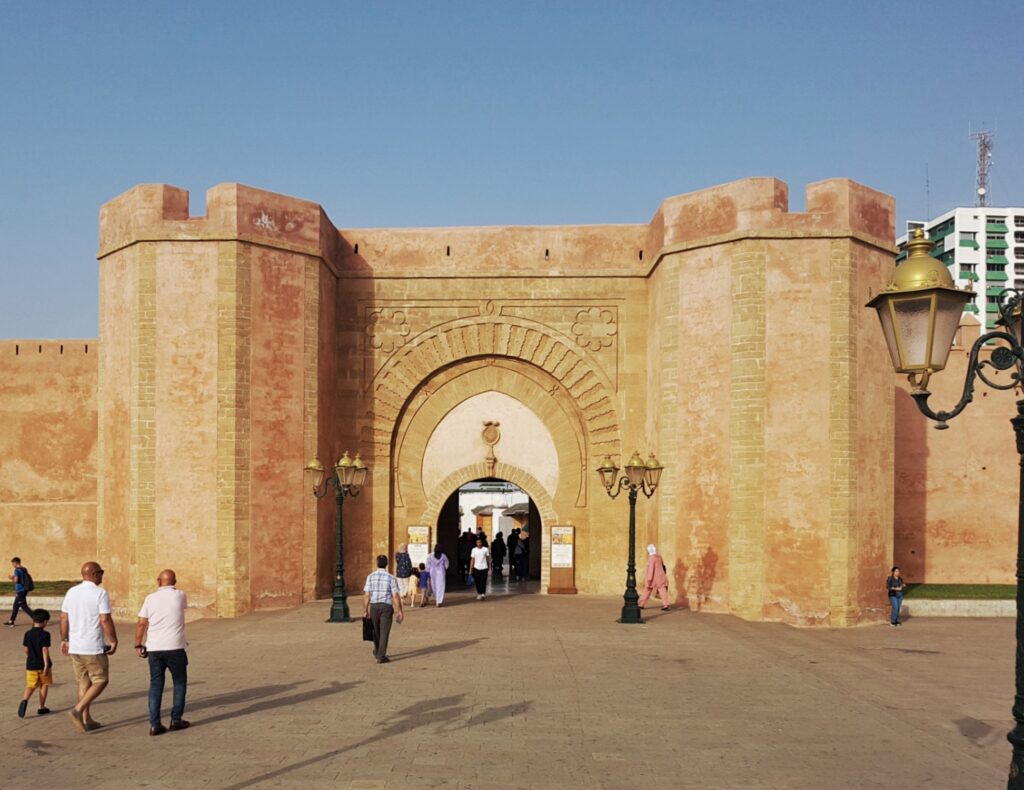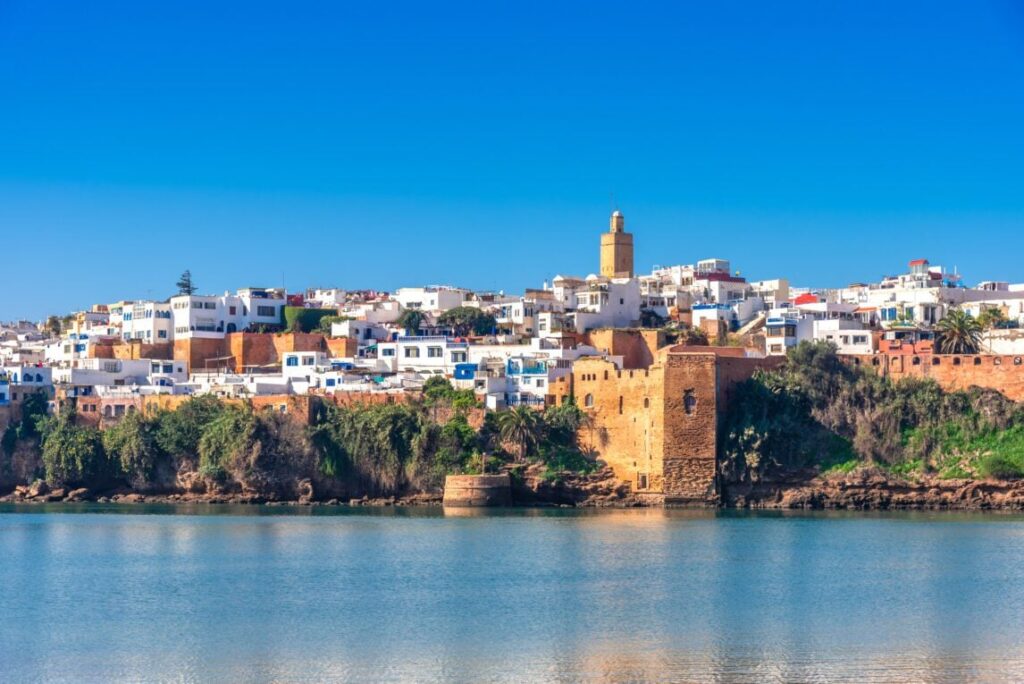Articles, Communications
FUNCI signs an agreement for the enhancement of Rabat’s heritage
We are pleased to announce that the Islamic Culture Foundation (FUNCI), represented by its president, Cherif Abderrahman Jah, has signed a collaboration agreement with the Rabat Regional Historical Heritage Development Company (Rabat Région Patrimoine Historique – RRPH), aimed at promoting the revaluation of the Andalusian heritage in the Moroccan capital.
The RRPH, directed by Rachid Maalal, works for the preservation and knowledge of the tangible and intangible cultural heritage of the Rabat region. The aim of this agreement is to promote the heritage of Andalusi origin through research, conservation, restoration and cultural mediation. To this end, the Andalusi Heritage Interpretation Centre of Rabat’s heritage will be set up, the framework for the development of the project ‘From the Almohad project to the Andalusi medina’. This project aims to revitalise three Almohad gates in the walled enclosures of the city (Medina and Qasbah). The space generated will serve as an educational support for the understanding of the historical-artistic past of the city from its emergence, through the great Almohad project and the birth of the medina, to the survival of the Andalusi and Moorish world of the 16th century.

Inscribed on the UNESCO World Heritage List in 2012, Rabat combines Arab, Imazighen, Andalusian, Jewish and European influences, which have allowed it to project itself beyond national borders, towards Europe and the Mediterranean, and, today, with important links to sub-Saharan Africa. The link between the city and its Andalusi and, more specifically, Iberian peninsular past is strong. Numerous testimonies of this can still be seen today.
The Medina and the Kasbah, or citadel, of the Udaya, preserve a rich heritage of Andalusi origin, both tangible and intangible, the result of long periods of cultural interaction between the two shores of the western Mediterranean. Surrounded by Almohad and Andalusi walls, the medina is built on the model of Islamic cities and contains all its components: residential quarters, streets and alleys, souks and artisan quarters. Enriched by the arrival of Andalusi families since the 16th century, this legacy has left an important mark on Rabat’s identity, particularly in its architecture and artistic expressions, as well as in its customs and traditions.


